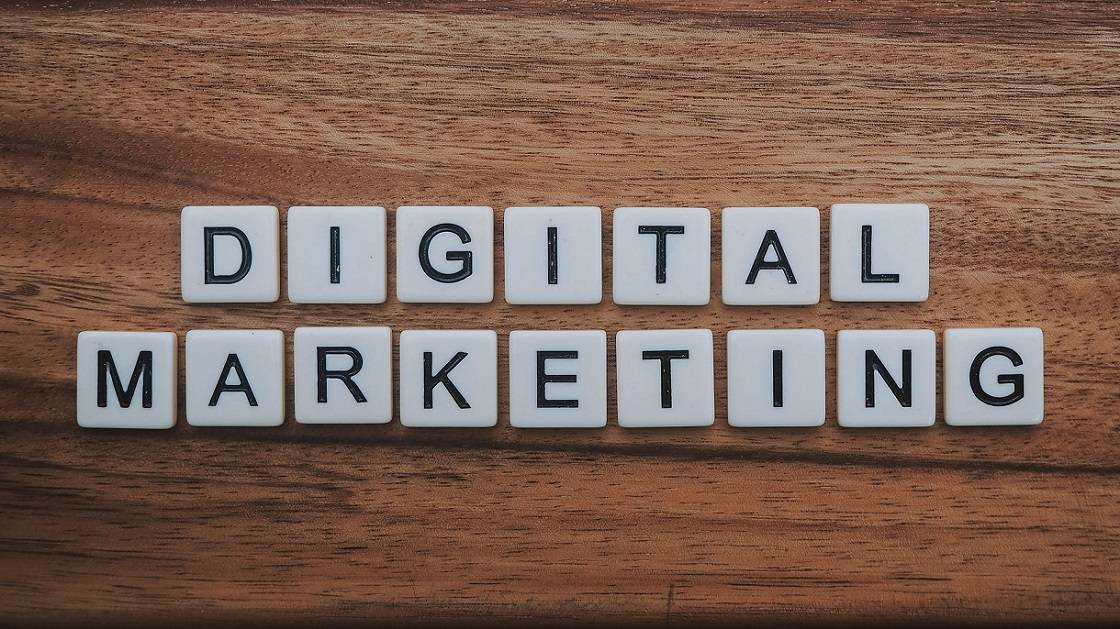
In today’s business world, developing a website or managing social channels is just not enough. The perfect meaning of digital marketing lies in the joint use of all available online tools, in the omnichannel approach, in new technologies, and in the analysis of customer data. The digital transformation is above all organizational: this is how CMO can orientate the company to the customer and obtain successful results
Even to this day, a lot of marketing managers and entrepreneurs believe that Digital Marketing, or Web marketing, simply means managing the company’s website or its Facebook page. It is a simplistic and outdated vision. Without necessarily having the most sophisticated marketing platforms available on the market, every company can take many advantages from Digital Marketing, which is truly essential to growing, because the purchase paths (customer journeys) are now largely on the Internet, and this happens in every market, consumer or business-to-business (B2B). Marketing in the digital age has become a fundamental element for digital transformation, the main tool to increase online sales and also in the store, as well as to increase brand awareness. It is also important to have a clear idea about what it is.
What really is Digital Marketing and why it is relevant
Digital marketing is referred to in many ways in the academic world and among professionals. It can be web marketing, internet marketing, e-marketing, modern marketing, etc. But the question is, how to do it concretely? You have to manage the company’s online presence through various online channels, or websites, mobile app and social media, and use of online communication techniques such as positioning on the search engines your social media marketing, the digital advertising (or online advertising, Internet advertising), e-mail marketing and partnerships with other sites. The goal here is to acquire new customers and to provide improved services to the existing ones, and expanding and strengthening customer relationships through CRM (customer relationship management) and marketing automation. However, for successful digital marketing, it is necessary to integrate all such online activities with those carried out on traditional media, such as print media, direct mail, TV, etc,. in a multi-channel communication perspective. In fact, there is talk of multichannel marketing.
An advantage of digital marketing is that it allows for the measurement of each activity. In creating a marketing plan, however, it is necessary to establish what is useful to measure, that is, to define the Marketing KPIs, without getting lost in the sea of data, and to put in place improvement actions by constantly monitoring the results achieved.
However, we must not make them overwhelmed by technology and numbers: the compass must always focus on its customers and their problems, and therefore present appropriate solutions.
As can be seen, digital marketing is today a complex activity, strongly linked to technological evolution.
The 5 pillars for doing Digital Marketing
Ultimately, digital marketing consists of creating effective and trusting relationships between consumers and companies, not only to reach and convince them but also to listen and learn from them, responding to comments and requests. This involves different methods, which can be summarized as under:
1. Digital device.
Users of digital information use smartphones, tablets, PCs, and other smart devices, to access websites and apps and to interact.
2. Digital platform.
Most interactions take place via a browser or an app that reaches proprietary websites and the most well-known platforms and services: Facebook and Instagram, Google and Youtube, Twitter, and Linkedin.
3. Digital media.
You can use different channels, company or paid, to reach and engage customers, with advertising, e-mails and messages, search engines, and social media.
4. Digital Data.
Data collection and analysis is fundamental and complex and is also needed to comply with several data protection regulations. The so-called customer insights, user information, in fact, help to create personalized communications in line with the needs. Technologies for DMP (Data Management Platform) are increasingly being used today to perform this activity and achieve targets.
5. Digital Technology.
The last and fundamental element is that of marketing technologies that facilitate the creation of interactive experiences of sites and apps, and help to segment the audience, create targeted campaigns and increase conversion rates.
Digital Marketing Goals & Objectives: customer experience and CRM
As you can see, this is a 360-degree approach, which has as its objective the improvement of the customer experience and the development of relationships in a multi-channel context which essentially means going beyond the mere promotion of products and services.
In this context, the role of technological platforms (marketing technologies) is crucial, but the organizational approach is even more crucial. It is necessary to break the silos that divide traditional marketing from digital marketing, to manage online channels as support for the entire sales cycle, from pre-sales to customer support, working together for a common goal. Naturally, new skills are needed: many companies are adapting to this by changing to management projects aimed at creating a digital mindset in people.
The 4 phases of Digital Marketing
There are 4 fundamental phases briefly identified which correspond to different objectives of the digital marketing specialists.
1. React
Reach potential customers, with an acquisition strategy aimed at creating online and offline awareness and driving traffic to the company’s web channels. Search Engine Optimization (SEO), online advertising, Public Relations, and social media marketing are among some of the techniques used in this area.
2. Act
Take action towards prospects aimed at conversion.
3. Convert
Transform prospects into customers, i.e. achieve marketing objectives in terms of lead generation and sales, and increase online and offline sales. These two phases are linked and require the analysis of the customer journey, the content marketing and lead nurturing activities, the use of marketing automation technologies, and the techniques to optimize the conversion rates of landing pages. It is fundamental to define the metrics for measuring performance or marketing KPIs. A number of tools are available that are used to monitor the websites and eCommerce (i.e. for Web Analytics), many for free.
4. Engage
You can successfully engage your customers through close relationships, loyalty (customer retention), creating a fanbase, and through stimulation of repetitive purchases. At this stage, it is important to have developed a Customer Onboarding solution.
Responsibility of the Chief Marketing Officer
In recent years, the role of CMO has taken on increasing importance among C-Levels. Experts and analysts agree that the marketing manager has the most effective levers in hand to bring business success to the company, and with him emerging professionals such as Social Media Manager and Data Scientist. This is also supported by an article published by the Wall Street Journal by Deloitte Consulting, which indicates, in particular, that there are two factors of the greatest importance for setting a successful growth strategy: the collection of customer data and the collaboration between different business functions.
Modeling data architecture, optimizing segmentation, targeting personalization, and agility are some of the key contributions of a CMO. The insight about customers not only serves to make marketing decisions but affect more strategic business decisions, increasing the role of marketers in companies. CMOS, and with the digital marketing specialists thus have the task of making customers’ voices heard throughout the company, and of creating connective tissue between the various business units.
A new figure: the Marketing Technologist
Today it is impossible to think of Marketing without technology. Over time, the importance of a new hybrid figure has emerged, the Marketing Technologist, capable of taking on the growing complexity of managing the contact points between customers and companies, in a world where technology has become an integral part of the experience. , and is no longer in its own right as in the past. It must be remembered that technology must be an arrival point and not a starting point, but that today requires organizations to manage budgets and technological choices: given that today access to solutions is potentially open to all company areas, it is necessary to coordinate to avoid duplication.
The figure of the marketing technologist must be able to facilitate and enable the achievement of the promise of marketing technology, which is the realization of contextually relevant experiences, value, and usefulness, at the most appropriate moment in the customer’s life cycle, through the preferred contact point. A promise is impossible to achieve without technology and equally impossible to achieve only with technology.
The role of the Marketing Technologies manager is, therefore, a transversal role, involved in processes that, in line with the evolution of the business, must mix skills that were previously divided into different departments.
—————————————————————————————————————
Author Bio:
Name: Raunak Pandey
Bio: Raunak is a Mechanical Engineer by qualification & Marketer by passion. He is the founder of Maiden Stride, a leading digital marketing company that provides world-class search engine marketing services and website & application development.


